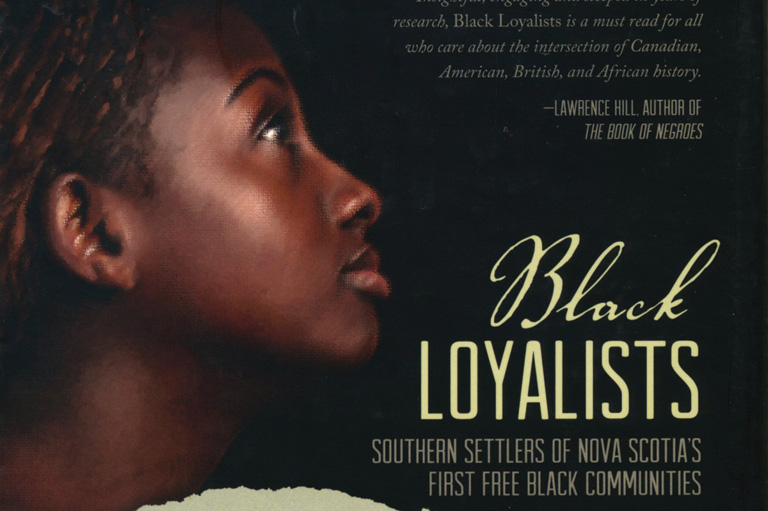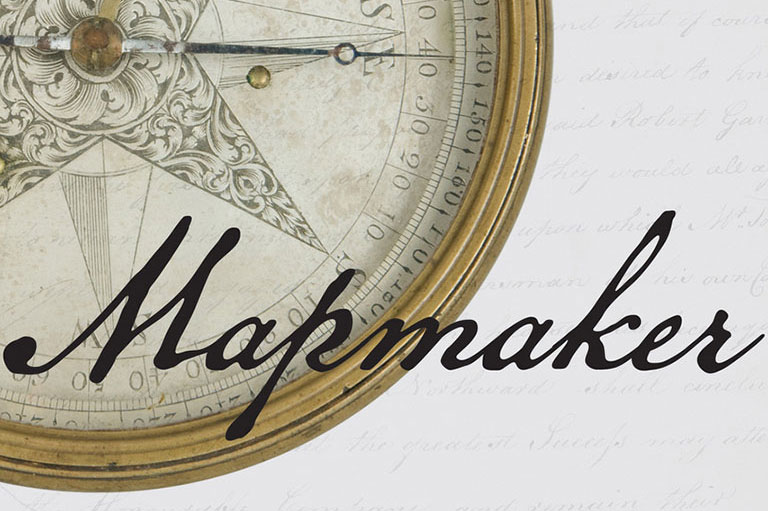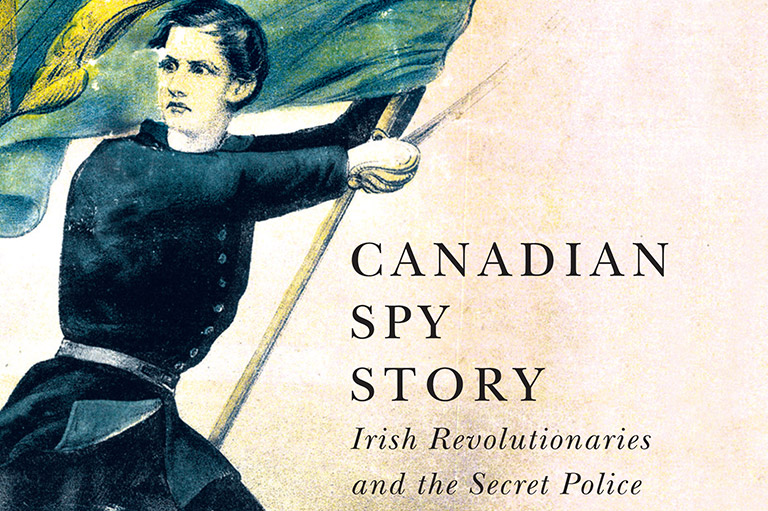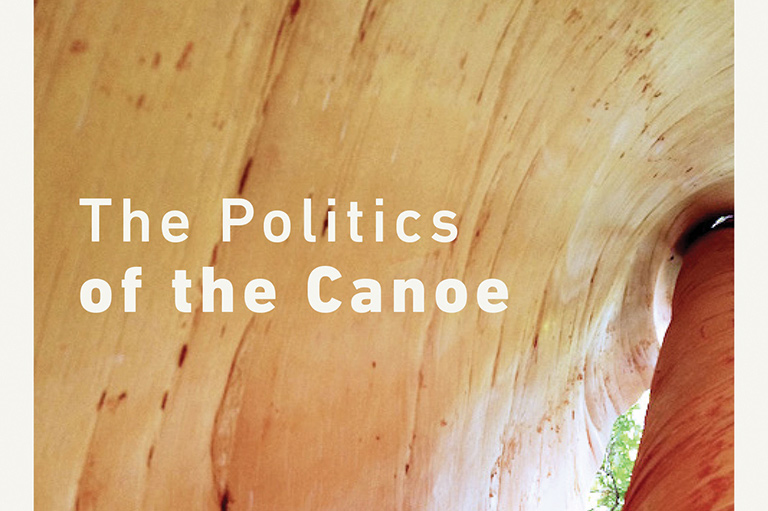Unsettling the Great White North
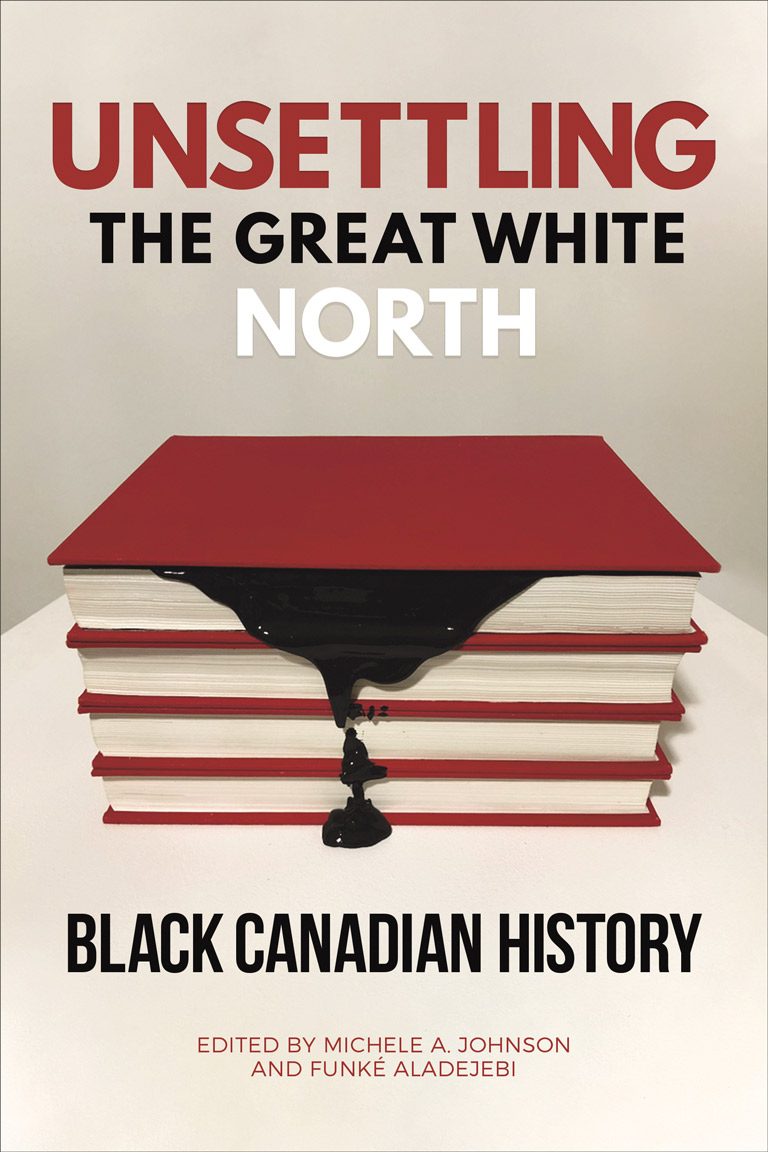
Unsettling the Great White North: Black Canadian History
edited by Michele A. Johnson and Funké Aladejebi
University of Toronto Press
626 pages, $34.95
A double review with
Harriet’s Legacies: Race, Historical Memory, and Futures in Canada
edited by Ronald Cummings and Natalee Caple
McGill-Queen’s University Press
437 pages, $37.95
The more we learn about our history, the harder it gets. And that’s as it should be. As we hear more voices and learn new perspectives, neatly woven narratives of Canada’s past start to fray. And that, too, is as it should be.
The book Unsettling the Great White North is clear from its opening sentences that it’s a collection of essays that “engages with and interrupts the myth of benign Whiteness that has been deeply implanted” in the Canadian consciousness. In another recently published collection, Harriet’s Legacies, poet-professor Sonnet l’Abbé asks, “Whose norms prevail? What truths about the land we were on were being actively silenced by embodying those norms?”
Any reader feeling a bit smug about being familiar with the names Africville, Viola Desmond, or Dr. Clement Ligoure, or about knowing that Harriet Tubman lived in St. Catharines, Ontario, for several years while she continued to bring enslaved Black people to freedom, will soon be humbled. Both books highlight underrepresented stories of the Black experience in Canada, while also celebrating Black community, activism, personal experience, and art.
Several essays in Unsettling the Great White North eviscerate the idea of Canada as a haven for freedom seekers. Historian Natasha Henry (with whom I have worked on special Black history issues of Kayak, the history magazine for children that I edit) starts her essay with an advertisement from an 1818 Kingston, Upper Canada, newspaper. It seeks the return of Bet, an enslaved Black woman who had been held in slavery along with “her infant child” by a prominent businessman in nearby Belleville.
Archaeologist and historian Karolyn Smardz Frost writes about the New England planters invited to settle and to farm in Nova Scotia in the 1700s. She deepens the story, observing that “eighteenth-century British colonial Nova Scotia was, if not a slave society dependent upon enslaved labour as an essential component of the economy, at least a society with slaves.”
Wilfrid Laurier University history professor Barrington Walker notes that tendencies by broader society to focus on “firsts” by Black Canadians and to uphold Canada as “the promised land” for enslaved people have always masked injustice, whether official or unofficial. (If proof is required, Sir John A. Macdonald’s 1868 address that began with the words “Negroes, of whom we have too many in Upper Canada” more than suffices.) Indeed, as another author notes, historical accounts too easily glide from stories of freedom seekers right to the onset of widespread immigration, ignoring decades in between of debilitating discrimination.
Harriet’s Legacies does relate some aspects of Tubman’s anti-slavery work. But, as the book’s introduction notes, its contributors also attempt to rethink “the complex historical and contemporary relationship between Blackness and Canada as one way of raising questions about potential futures.” The volume provides plenty of evidence that, in the words of English professor Carole Lynn Stewart, “Arriving in a ‘free land’ did not mean the space was temperate or cosmopolitan.” Meanwhile, historian Afua Cooper lifts up Ann Maria Jackson, who achieved the unimaginable feat of escaping slavery in the United States with her seven children after two others had been sold, before coming to Canada.
Importantly, both books also document Black strength, talent, and social action. From Edmonton’s Shiloh Baptist Church to the Black jazz scene in Montreal, the student uprising at the former Sir George Williams University (now Concordia University), and stories of modern African diaspora communities, Unsettling the Great White North explores both resistance and community building.
Harriet’s Legacies intertwines the work of Black artists and academics. Governor General’s Literary Award winner George Elliott Clarke contributes powerful poems written from the perspectives of, among others, African- Canadian artist Edward Bannister and Black Victoria Cross winner William Hall. Sonnet l’Abbé combines her own writings with Shakespeare’s poems to create thought-provoking new works. Writer Kaie Kellough marries words with images of underground railroad routes to create visual poetry.
Some writers contribute works to both volumes, and certain subjects — such as the Art Gallery of Ontario’s 2017 Free Black North photo exhibition (from which compelling images are reproduced in Harriet’s Legacies) and the work of Black Nova Scotian filmmaker Sylvia D. Hamilton — are discussed in both books. Given the limited knowledge of Black history in Canada, the attention is welcome.
Much of the work in the two collections is anchored by rigorous academic inquiry that uses sources ranging from interviews and oral histories to historical plaques, newspaper items, and letters — but space is also made for other ways of knowing and reflecting. Harriet’s Legacies devotes its final section to chapters about creativity as a legacy. It presents dub poems, an interview with legendary dub poet Lillian Allen, and a chapter on the creation of Toronto’s Sister Vision Press, which was Canada’s first publisher devoted to work by Black women and women of colour.
As with any collection of academic essays, not every chapter will be of interest to every reader. Indeed, a few contributions lean on concepts and frameworks that will be unfamiliar to most non-scholars. Nonetheless, both works are important additions to the bookshelf of anyone seeking a fuller understanding of Canada’s history.
We hope you’ll help us continue to share fascinating stories about Canada’s past by making a donation to Canada’s History Society today.
We highlight our nation’s diverse past by telling stories that illuminate the people, places, and events that unite us as Canadians, and by making those stories accessible to everyone through our free online content.
We are a registered charity that depends on contributions from readers like you to share inspiring and informative stories with students and citizens of all ages — award-winning stories written by Canada’s top historians, authors, journalists, and history enthusiasts.
Any amount helps, or better yet, start a monthly donation today. Your support makes all the difference. Thank you!
Themes associated with this article
Advertisement
With 7 uniquely curated newsletters to choose from, we have something for everyone.

